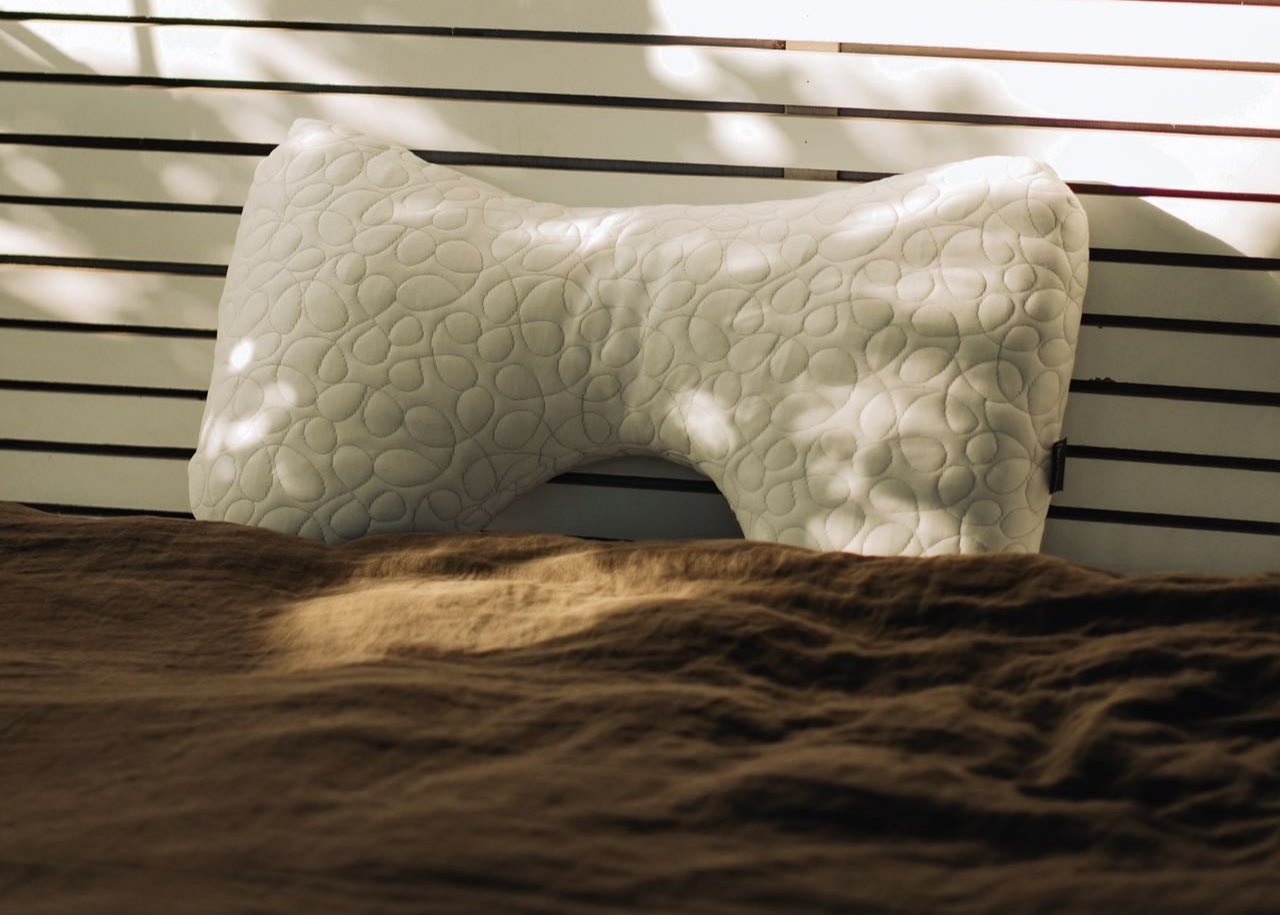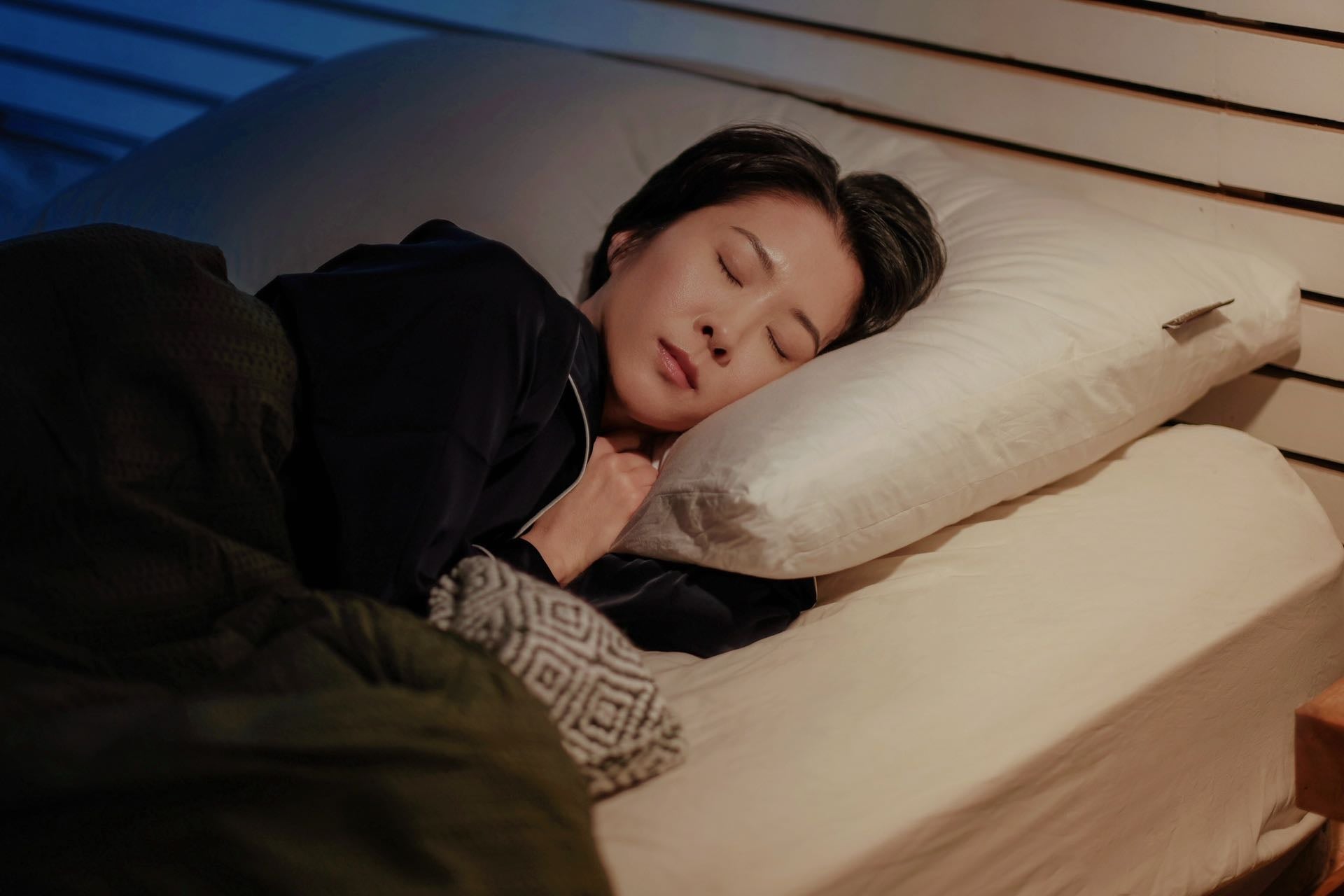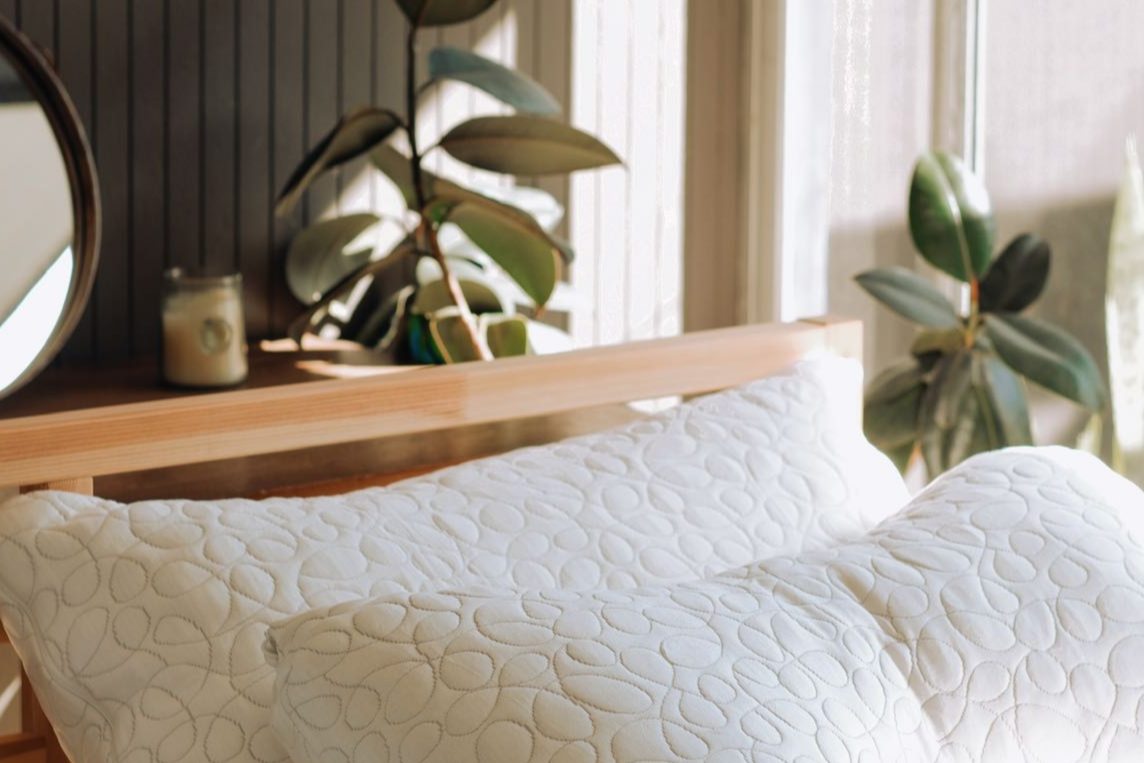Doctors Recommend Memory Foam Pillows—But Are You Using the Right One?
When it comes to improving sleep posture and managing neck pain, more and more physicians are recommending memory foam pillows. Their reason is clear: this material adapts to the natural contours of the head and neck, offering tailored support that traditional down or polyester pillows often lack.
But not all memory foam pillows are created equal. And simply buying one doesn’t guarantee the benefits your doctor intended.
What the Medical Community Says
According to the Journal of Manipulative and Physiological Therapeutics, patients with chronic neck discomfort reported significantly improved sleep quality and reduced morning pain when using memory foam pillows compared to conventional models. The key factor wasn’t just the material—it was the shape, structure, and ability to maintain proper spinal alignment.
Dr. Michael Breus, a clinical psychologist and board-certified sleep specialist, notes, “A good pillow should keep your head and neck aligned with your spine. Memory foam has the capacity to do this, but only if the pillow is engineered to support the cervical curve without collapsing.”
This insight points to a critical distinction: while memory foam offers potential, the effectiveness depends entirely on how it’s implemented.
Why That Matters
Many memory foam pillows on the market rely on marketing buzzwords rather than ergonomic science. They may be soft but fail to provide lift and structure. Others contour beautifully for a few nights, then flatten with use. And very few account for variations in sleep position—an essential factor in neck and shoulder support.
For side sleepers, the distance between the shoulder and head requires a higher level of elevation and structure. For back sleepers, the pillow should allow the head to rest in a neutral position without pushing it forward. Most generic memory foam pillows don’t differentiate between these needs.
A Clinically Informed Option: The Cervical Pillow by DonaHona
The Cervical Pillow by DonaHona addresses the shortcomings found in typical memory foam pillows by combining medical insights with real-world user feedback.
Its core features include:
-
A dual-contour design that supports both side and back sleepers
-
A central cavity that cradles the head and reduces pressure on the cervical spine
-
High-density, slow-rebound memory foam that holds its shape and support throughout the night
-
A bamboo-blend OEKO-TEX®-certified cover that ensures breathability and skin comfort
These elements are not aesthetic additions—they are performance-driven components built to serve the spine, not just cushion the head.
Don’t Just Buy Memory Foam—Choose It Strategically
It’s easy to follow doctor’s orders and purchase a memory foam pillow. What’s harder—and more important—is ensuring the one you choose meets the standards that medical professionals are actually recommending.
If you’ve been told to try memory foam, but haven’t experienced the results you hoped for, it may be time to look closer at the design, density, and contour logic of your pillow.
To discover how true cervical support can transform your sleep experience, explore
www.donahona.com/products/the-cervical-pillow










Leave a comment
This site is protected by hCaptcha and the hCaptcha Privacy Policy and Terms of Service apply.